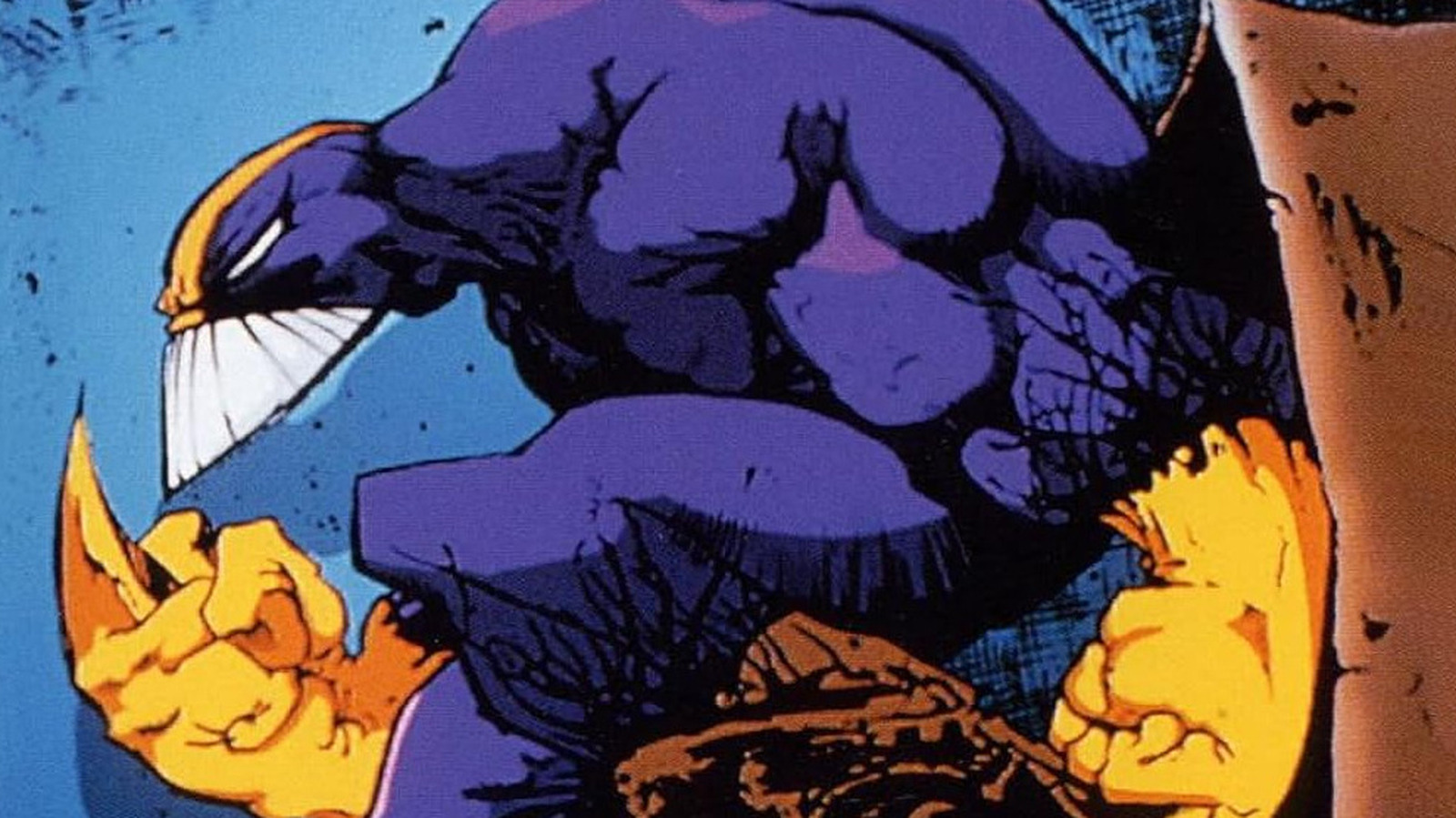
The early 1990s were an exciting time for animation. Throughout the 1980s, mainstream commercial cartoons had become, well, commercials, Many of them were owned by toy companies and only put into production to advertise toy products. New cartoon shows wouldn’t be greenlit unless they possessed “marquee value,” which is to say they were “established IPs” (to use the modern lingo).
Advertisement
This over-commercialization deeply branded a generation, but caused storytelling to suffer. Certain animators sick of the Reagan era began to branch out in the ’90s, and the world experienced a sudden explosion of creativity. Animators like John Kricfalusi (whose achievements and gross misconduct alike are chronicled in the documentary “Happy Happy Joy Joy: The Ren & Stimpy Story”) and Mike Judge began animating aggressively crude, playfully subversive shows like “The Ren & Stimpy Show” and “Beavis and Butt-head,” respectively. Elsewhere, animation exhibitors Spike & Mike began touring theaters with both classic animation titles and their trademark Sick & Twisted series, while “South Park” was on the horizon.
Advertisement
Over on 1990s MTV, the landscape was wide and wondrous. From 1991 to 1995, the network released “Liquid Television,” an animation shorts showcase that featured animated works by indie comic artists like Richard Sala, Drew Friedman, Bill Plympton, Charles Burns, Peter Bagge, and many others. “Liquid Television” also marked Mike Judge’s debut and featured the first episodes of “Æon Flux.”
When “Beavis and Butt-head” proved to be a massive hit, MTV greenlit “The Brother Grunt” along with a two-in-one TV series called “Oddities.” The latter swapped back and forth between 11-to-13-minute episodes of two different animated shows, both of them weird and wondrous. It began with “The Head” — a series about a teenager with an alien parasite living in his skull, causing his head to grow six feet taller — and was rounded out by “The Maxx,” an adaptation of the Image Comics title created by Sam Keith.
“The Maxx,” in particular, was ostensibly a superhero show but subverted the genre’s tropes at every turn. Instead, it was far more interested in rampant misogyny, the cycles of trauma we visit on others, and the psychological damage wrought by sexual assault.



